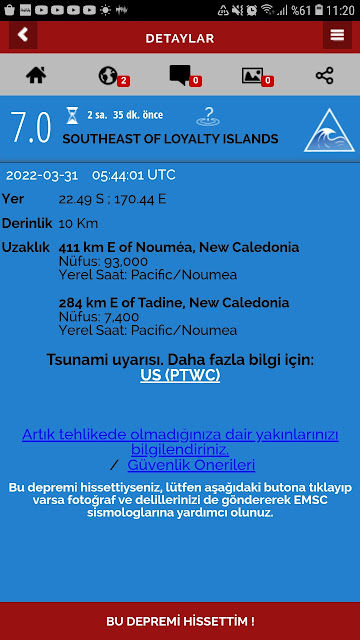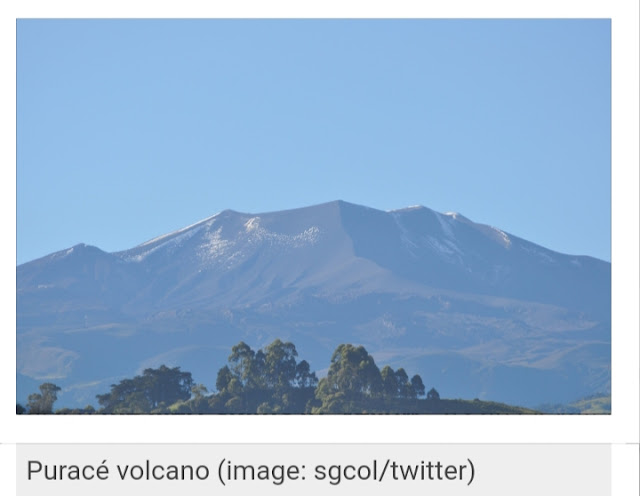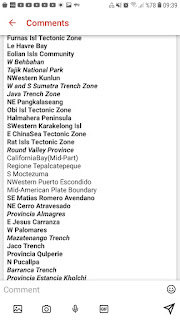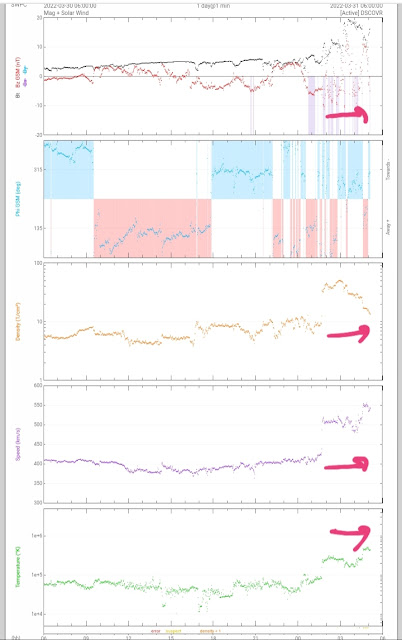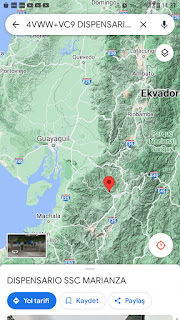We are witnessing Type-II and Type-IV emission periods...Thus,I frequently continue satisfying informations public

Type II Type II bursts exhibit a relatively slow drift from high to low frequencies of around 1 MHz per second, typically over the course of a few minutes.They often exhibit two distinct bands of emission that correspond to fundamental and harmonic plasma emission emanating from the same region. Type II bursts are associated with coronal mass ejections (CMEs) and are produced at the leading edge of a CME, where a shock wave accelerates the electrons responsible for stimulating plasma emission.The frequency drifts from higher to lower values because it depends on the electron density, and the shock propagates outward away from the Sun through lower and lower densities. By using a model for the Sun's atmospheric density, the frequency drift rate can then be used to estimate the speed of the shock wave. This exercise typically results in speeds of around 1000 km/s, which matches that of CME shocks determined from other methods. While plasma emission is the accepted mechanism, Type...

